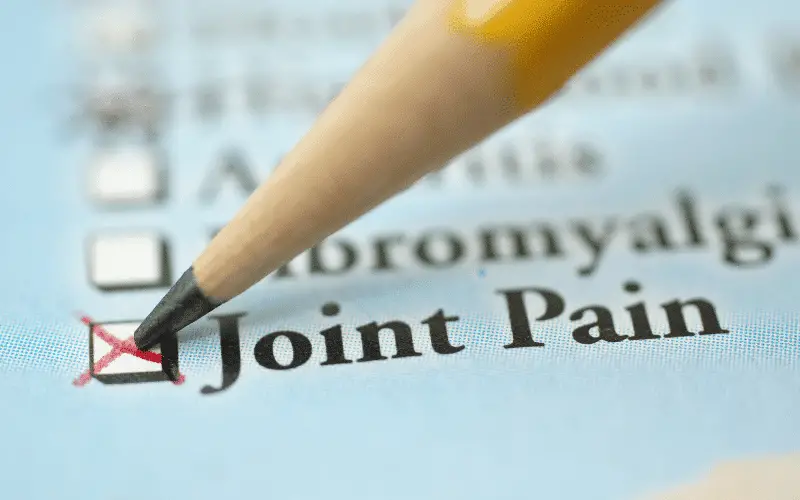Symptom 2: Joint Pain and Swelling – The Persistent Nuisance

Joint pain and swelling, medically termed arthralgia and arthritis, respectively, are common complaints among lupus patients. These symptoms can range from mild discomfort to debilitating pain, affecting the quality of life and daily functioning of those living with this autoimmune condition.
In lupus, the immune system’s misguided attack often targets the synovium, the lining of the joints, leading to inflammation and consequent pain and swelling. It’s a persistent nuisance, a constant reminder of the ongoing battle within the body. Up to 95% of lupus patients experience joint pain at some point, with the small joints of the hands, wrists, and knees being commonly affected.
However, it’s essential to note that lupus arthritis is usually non-erosive, meaning it doesn’t cause permanent damage or deformity to the joints. This characteristic differentiates it from other forms of arthritis like rheumatoid arthritis, which can cause lasting joint damage.
Managing joint pain and swelling in lupus often involves a combination of medication and lifestyle modifications. Non-steroidal anti-inflammatory drugs (NSAIDs) and corticosteroids are commonly used to reduce inflammation and alleviate pain. Regular exercise, maintaining a healthy weight, and using assistive devices when necessary can also help manage these symptoms and improve the quality of life for lupus patients. (2)